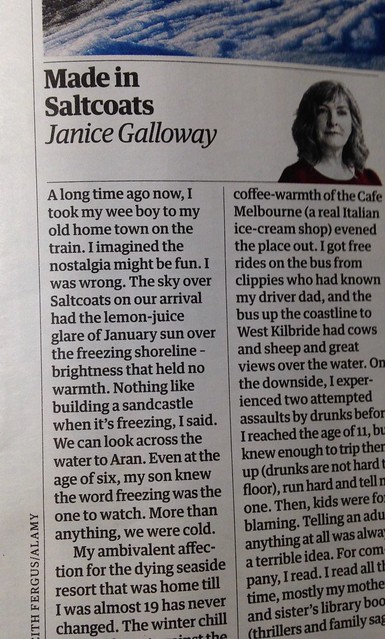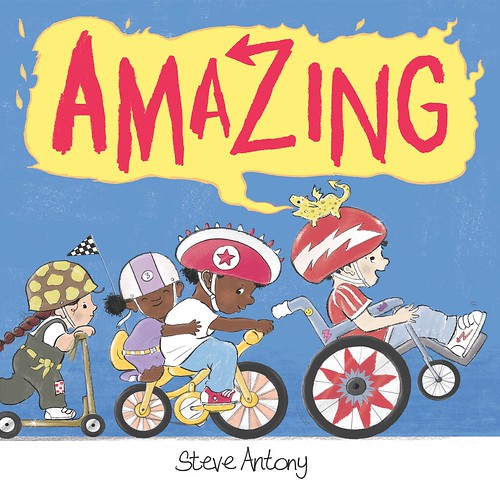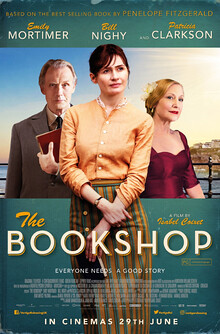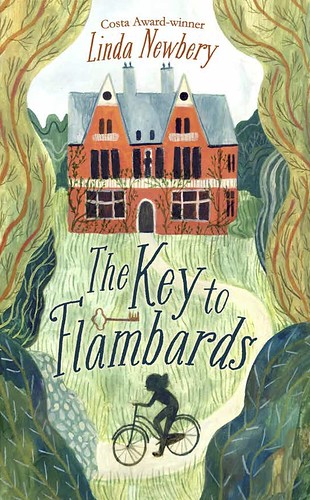I had no idea what it was about, but coming across this YouTube clip a few days ago, my spirits lifted. Considerably.
Having watched it again, I still don’t really know, which is understandable as I don’t watch This Morning. But I’m sure most of us recognise the situation; where something that is often very minor, suddenly makes you laugh until you cry and you can’t stop. When eventually you do stop, it’s the work of a split second to get going again. As Phillip and Holly do here.
I don’t often refer to such laughter and abandonment on Bookwitch, but I seem to recall the tulips. The memory of them still make me feel very jolly. What was so good that time was sharing the merriment with someone. I’d like to think I departed from that job, being remembered for being fun.
(Yeah, I know. You’re surprised, because these days I look quite thundery most of the time. But that’s only on the outside.)
I have a collection of cuttings, collected from all over the place. They are very funny. At least, I think so. They are the kind that would make me laugh all by myself, needing to wipe away tears of laughter. There isn’t usually any need to actually look at them, as the memory of first finding them can be enough to set me off. (The pineapple juice?)
I suppose I assumed we were all a bit like that. Not necessarily collecting cuttings, but enjoying a good explosion of laughter when it hits you.
Many years ago, I decided to be proactive at finding some social life after we’d moved to a new town. I had seen an article in the Guardian about the National Women’s Register, and it sounded like just my kind of thing.
The first meeting was OK, if nothing special. The next meeting really tickled me, as the topic was going to be funny things that make us laugh. I brought my whole collection.
It didn’t take me long to discover that what these women found funny was, well, not very funny. There were no laughs and my cuttings stayed in my bag.
Now, tulips, on the other hand…
And Golden Wonder potatoes!











